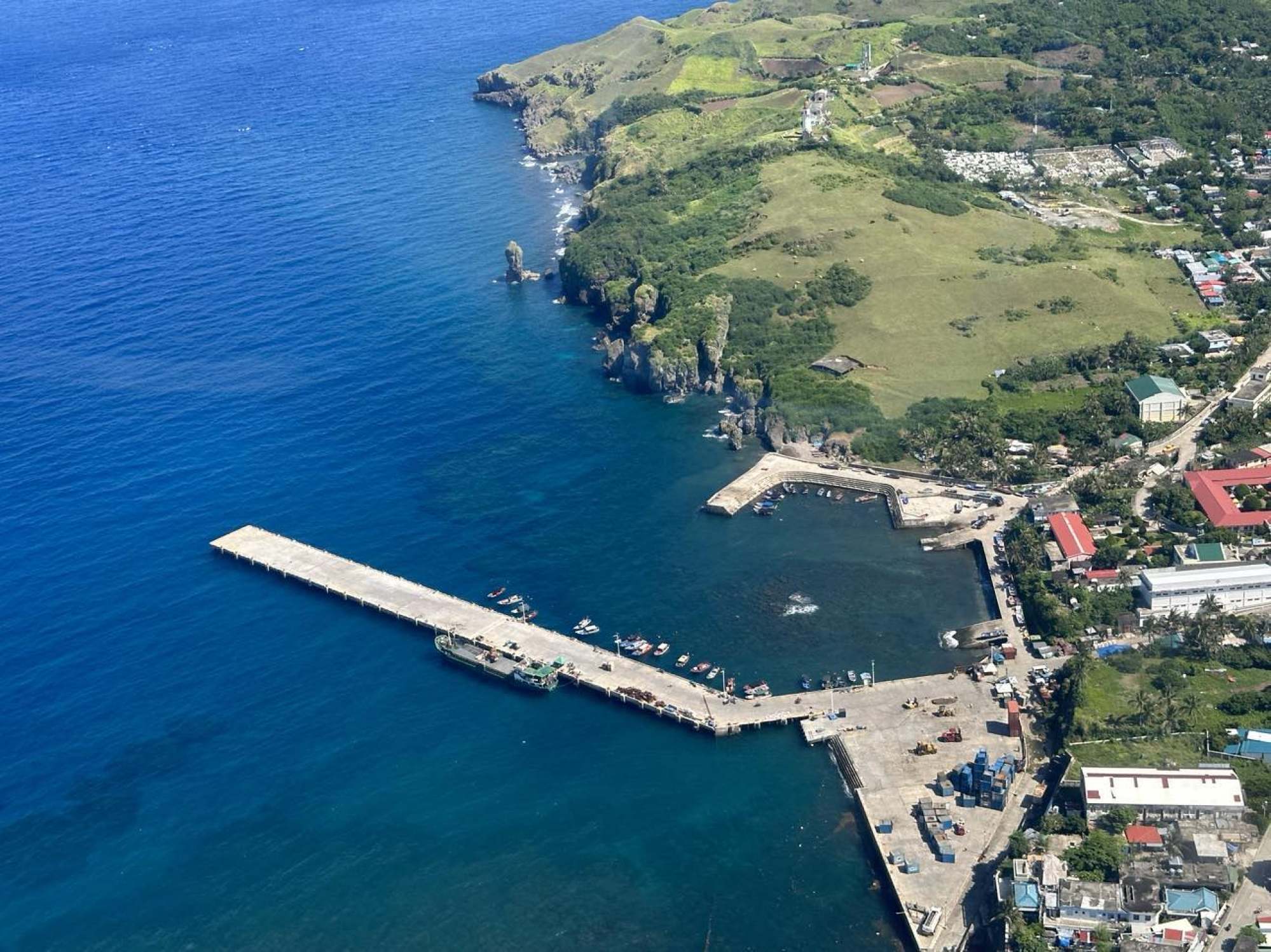
South China Sea: Philippines’ Batanes province in spotlight again as Taiwan war spectre looms amid drills
- Local officials say they have contingencies in place since last year for massive refugee influx should full-blown conflict erupt in volatile area
- Observers say while the probability of a war remains low, Manila should prepare for a scenario in which northern islands are targeted
Officials of Batanes, a province in the Philippines’ northernmost tip facing Taiwan, say they have a game plan in place since last year to prepare for any conflict in the Taiwan Strait amid ongoing military drills by mainland China in the area.
Vice-Governor Ignacio Villa told This Week in Asia that the province, less than 200km (124 miles) from the self-ruled island, had contingency measures.
While he did not reveal specific details, the highlight would be the setting up of a “tent city” to accommodate thousands of refugees should tensions blow up.
“If mainland China takes over Taiwan, some people there might escape towards Batanes and that’s what we are preparing for,” Villa said, noting any such population influx would only be a “stopover” and “the bulk of the humanitarian response would be addressed by Manila”.
Beijing sees Taiwan as part of China to be reunited by force if necessary. While many nations, including the US, do not officially acknowledge Taiwan as an independent state, they oppose any use of force to alter the existing status quo.
Villa said the situation for now across the island remained normal and there was no deep concern over the latest drills, Beijing’s most extensive exercises in recent years around Taiwan.
In 2022, China held large-scale, live-fire manoeuvres in response to then-US speaker Nancy Pelosi’s visit to Taipei.
He said some residents had been for months undergoing reservist training with government security forces as only limited personnel from the Philippine navy, marines and coastguard were stationed on the island.
Surrounded by 4,500 sq km (1,737 square miles) of sea, Batanes is the smallest province in the Philippines with a total land mass of 203.2 sq km (78.4 square miles) – a third the size of Metro Manila.
For observers, Batanes island, a potential flashpoint in the geopolitical struggle between rival superpowers China and the US, is a strategic terrain which would be eyed by Beijing in the event of war as a base for encircling the Bashi Channel with anti-ship and anti-air missile coverage.
Philippines as a China target
Asked about the possible scenarios in the event of violence in the Taiwan Strait, Rommel Banlaoi, director of the Philippine Institute for Peace, Violence and Terrorism Research, said Manila would be a target for China.
“We will be part of China’s military action if we allow the US to get involved when conflict erupts because we are facilitating American military activities in the Taiwan Strait,” Banlaoi said.
“We should have a contingency plan. We have to take action in case of military conflict on how to evacuate our Filipino workers from Taiwan. We have to also expect fleeing refugees from Taiwan. But I don’t know if we have that kind of contingency plan now.”
According to data from the Manila Economic and Cultural Office, an estimated 160,000 Filipinos are working in Batanes.
With the proximity of Taiwan to the Philippines, it is even possible for the Philippine military and its international partners and allies to monitor Chinese drills and assess the effectiveness of Beijing’s operations, according to military historian and defence analyst Jose Antonio Custodio.
But Custodio added the probability of full-blown conflict remained low at present as Beijing did not possess the required military might to conduct an amphibious operation to overwhelm Taiwan’s formidable defences.
“An operation like that will rival that of D-Day or the Normandy invasion, which is the largest amphibious assault carried out in history,” noted Custodio, who is also a member of the Consortium of Indo-Pacific Researchers.
He also cited Manila’s Mutual Defence Treaty (MDT) with Washington as a safeguard in the event the Philippines got dragged into the conflict with Beijing.
Signed in 1951, the MDT calls on both countries to aid each other in times of aggression by an external power. In previous pronouncements, the Pentagon said it was prepared to assist Manila if it invoked the pact amid threats from other nations.

The MRC is designed for extended-range anti-air warfare against ballistic missiles, with an operational range of more than 240km (150 miles) and an active radar homing guidance system that allows the projectile to find and track its target autonomously.
“So it depends on the nature of the Chinese threat as to what response will be forthcoming from the US,” Custodio said, adding the Philippine military defence would eventually shift its rapid reaction units to the north to guard against any overspill of hostilities.
For Don McLain Gill, a geopolitical analyst and lecturer at the Department of International Studies of De La Salle University, the present concern centred on the stability of maritime security and trade, instead of armed conflict.
“Manila is likely to maintain a position of deterrence, while emphasising its disapproval of the use of force. This is consistent with Manila’s desire not to provoke the exacerbating security dynamics of Taiwan,” Gill told This Week in Asia.
Security analyst Joshua Espeña, a resident fellow and vice-president of the International Development and Security Cooperation, said the position of Batanes showed “how vulnerable the islands of the Philippines are”.
He said the best recourse was for long-time allied nations to keep the maritime traffic moving in terms of surface vessels patrolling and escorting auxiliary and transport ships to prevent China gaining access to the Luzon Strait.
“That will keep the line open to ensure an open corridor for evacuation measures from Taiwan to Northern Luzon,” Espeña said.

